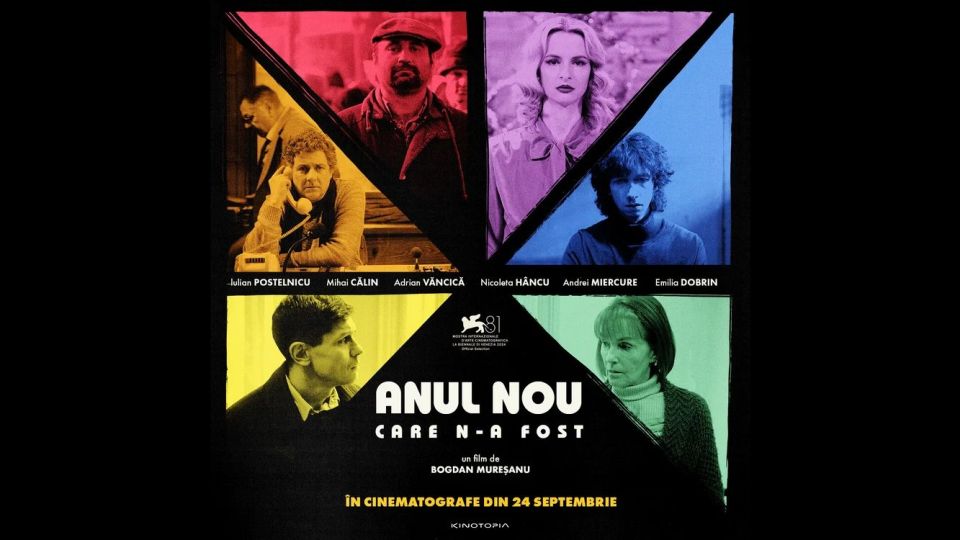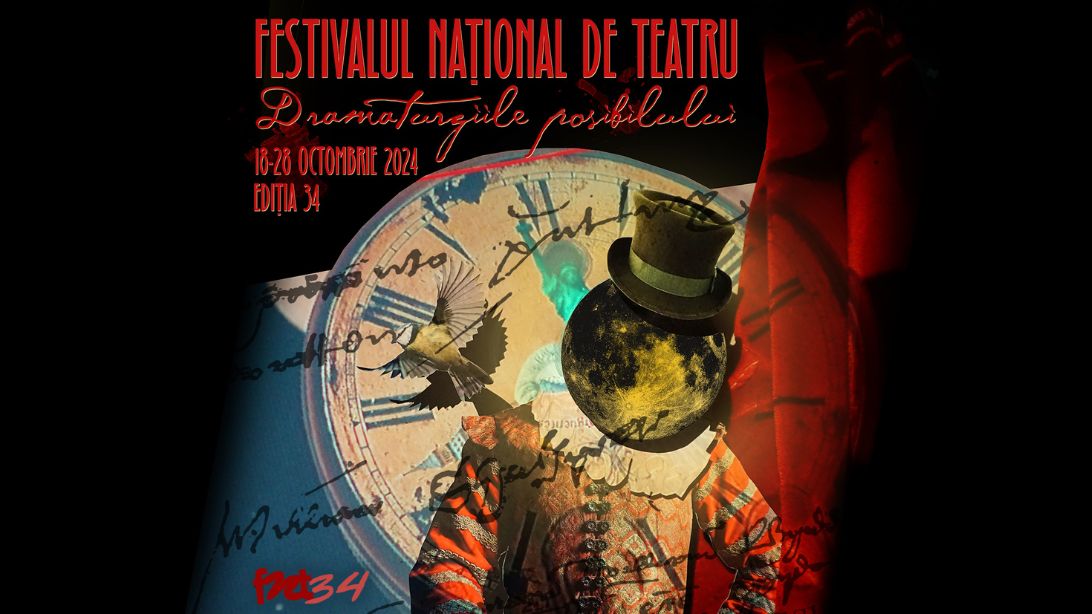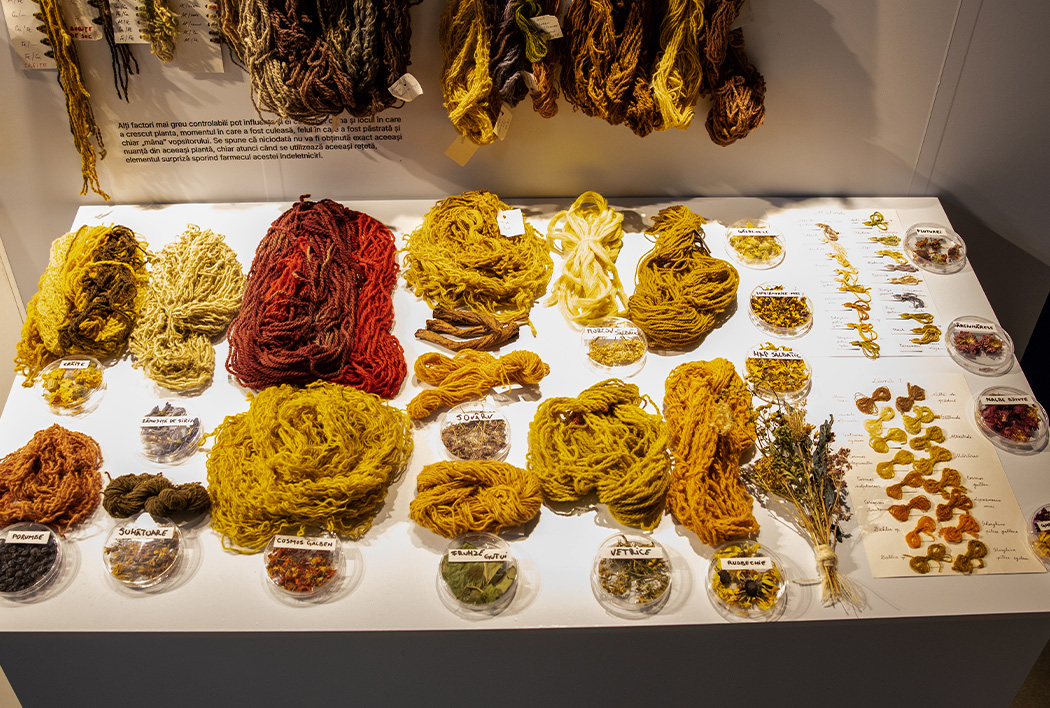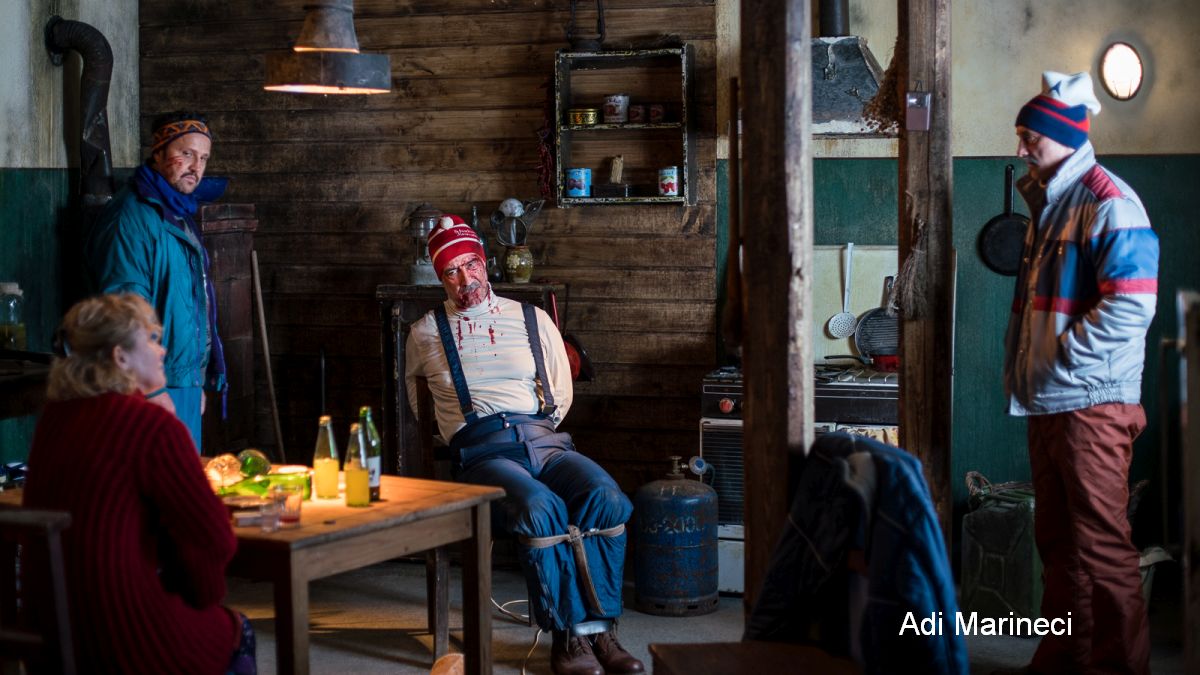Maria Tanase, a double CD released by Casa Radio
To celebrate the Maria Tanase birthday centennial, Casa Radio releases new project.
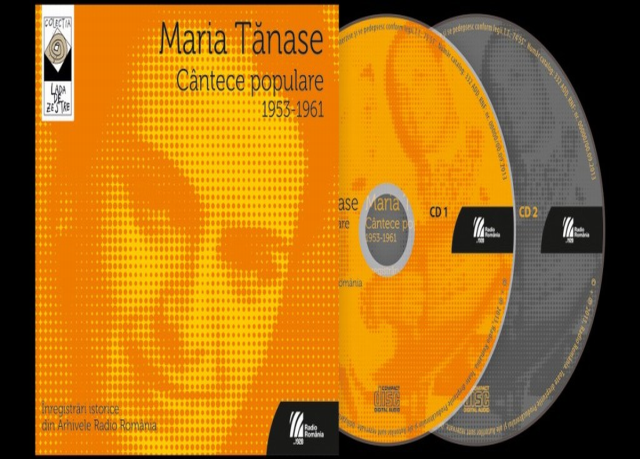
Corina Sabău, 19.07.2014, 13:00
The Casa Radio Record House has released an exceptional double CD entitled “Maria Tănase. Traditional songs. 1953-1961” devoted to Maria Tanase’s birthday centennial. This is the first album which brings together most of Maria Tanase’s radio recordings with a high quality sound, copied from original magnetic tapes, without any audio effects, which usually reduce the authenticity of the performance. Each title is accompanied by detailed information about the recording, including the date, the accompanying orchestra and the conductor, as well as the origin or story of the song. The disc includes 40 historical recordings from Radio Romania’s archives.
“Maria didn’t find it easy to make recordings at first: she couldn’t harmonise with the orchestra and keep the pace, she was unable to sing a song again and in the same way. It took Maria, ethno-musicologist Harry Brauner and other musicians a whole night to record “Gypsy Wedding”, but the sales of the disc covered the 80,000 lei loss. In fact, there are voices saying that Maria Tanase and the accompanying musicians saved the Record House from bankruptcy. They also say that the only musicians left unpaid were Maria Tanase and Brauner. Actually, people say many things about Maria Tanase”, Ioana Pelehatai writes in an article devoted to Maria Tanase carried by the Dilema magazine.
Ioana Pelehatai also writes: ”Maria’s legend seems to have been born naturally. Actually it was born out of sleepless nights, full of songs, incredibly long tours and trips all over the country. One night, at the turn of the year, Maria played in 14 different restaurants in Bucharest and she ended the party in no other place but Capsa. Furthermore, she even called on the guests to dress properly, asking men to put on their ties and coats. In the 1930s and 1940s she went on tours to Turkey, performing at the Taksim Theatre in Istanbul and in Ankara. She learnt songs in Turkish and returned from Turkey with the promise of receiving a job of researcher at the Ethnographic Institute in Istanbul, a villa on the Prinkipo Island, of getting a show aired on Radio Ankara and of receiving the status of honorary citizen. She refused them all. She performed before the French, German and British ambassadors in Bucharest, singing to each of them in his native language”.
The launch of the CD “Maria Tanase. Traditional songs. 1953-1961” was a good opportunity for a special music performance and a discussion about Tanase. The event was attended, among others, by artist and journalist Maria Balabas, anthropologist Vintila Mihailescu and ethnomusicologist Florin Iordan, a founding member of the Romanian old music band Trei Parale. Maria Balabas also wrote the introductory text for a brochure entitled “Traditional Songs”:
“I represent Radio Romania in this event, which brings a lot of joy to me, namely the launch of this double CD with Maria Tanase’s music. A second issue was launched, because the first 1,000 discs have been sold in no time. The album is the result of a whole team’s work. To me, it was a period when I read a lot about Maria Tanase, I came closer to her spirit once more. Re-reading what I wrote 6 months ago, I realised it was time we spoke about Maria Tanase again. So, this event organised at the Carturesti Book Shop can only make me happy. It should be only an introduction, before listening to the fresh performance of Maria Tanase. Meanwhile, since the launch of the CD on the market, the Dilema magazine has initiated a series of articles which bring together very interesting pieces on Maria Tanase. So, this talk is only the beginning of what Maria Tanase achieved and represented.”
On February 20th 1938, Maria Tanase’s voice was heard for the first time live, on Radio Romania, in a traditional music program entitled “The Village Hour”. It was a success. Anthropologist Vintila Mihailescu has further details on Maria Tanase’s music:
“Maria Tanase was the first great traditional music vocalist. I believe there’s nothing closer to high professional standards than her songs are. I would like to underline that she was a performer of traditional and not ‘poporanist’ music. ‘Poporanist’ is related to ‘poporanism’, derived from ‘popor’, meaning people. Poporanism focused mainly on expanding the power of the peasants. In a very nationalist manner, Poporanism was also a champion of the Romanian language and maintaining the Romanian spirit. A distinction between the two words ‘popular’ (traditional) and ‘poporan’ (poporanist), was first made by researcher Bogdan Petriceicu Hasdeu. It was also very much used by Henri Stahl, who tried to better define and explain it. In a nutshell, it marks the difference between peasant, authentic culture produced by peasants, and traditional culture, music included, which exceeds the boundaries of the peasant universe and is taken over and processed, to be later turned into a mass phenomenon. So, what Maria Tanasae performs is traditional and not ‘poporanist’ music, although ethnologist Harry Brauner compiled a repertoire of poporanist music for her. But this is the reason why we all love her, because she sings traditional music. The second important mention that should be made is that Maria Tanase sings Romanian traditional music. Against this backdrop, it is worth mentioning that poporanist music is mostly local, and not 100% Romanian. So, she sings national music, which means that she is part of a national discourse. We shouldn’t forget that she was born into a family of peasants who lived, however, on the outskirts of a town. Her public was urban and rather cosmopolitan. She sang for those people, who had local nostalgias, but who no longer belonged to the place they had come from. So, she had to sing something to the liking of them all, of all the people who had left their native villages. Actually, she put it very clearly: she didn’t take over, but processed and adapted songs.”
Ethno-musicologist Florin Iordan explains: ”Maria Tanase updated music, she transposed it into a new, urban context, where her music was very much appreciated by intellectuals. She did this naturally, with good taste and artistic sensibility.”
Vintila Mihailescu: “The Romanian traditional song couldn’t have been born before Romania was founded. Various regions had been called ‘countries’, before Greater Romania was founded, such as Fagaras Country or Olt Country. This song, entitled ‘Who loves and lets go’ was recorded by Harry Brauner in 1929 by an old woman, the only one of the whole Fagaras County who still remembered the song. The piece was not known by anyone else. We all know it now, because it has become a national song. Furthermore, the song won the Grand Prize of the Charles Cros Academy. This is an extraordinary trajectory, because nobody remembers anything about the woman who taught Maria Tansase the song. By contrast, we all like this adaptation, this processing. Furthermore, it has won international acclaim. This is essential in the end: we recognise ourselves, irrespective of our birthplace, in Maria Tanase’s songs. And this would have been impossible without going beyond strictly ‘local’ characteristics.”

